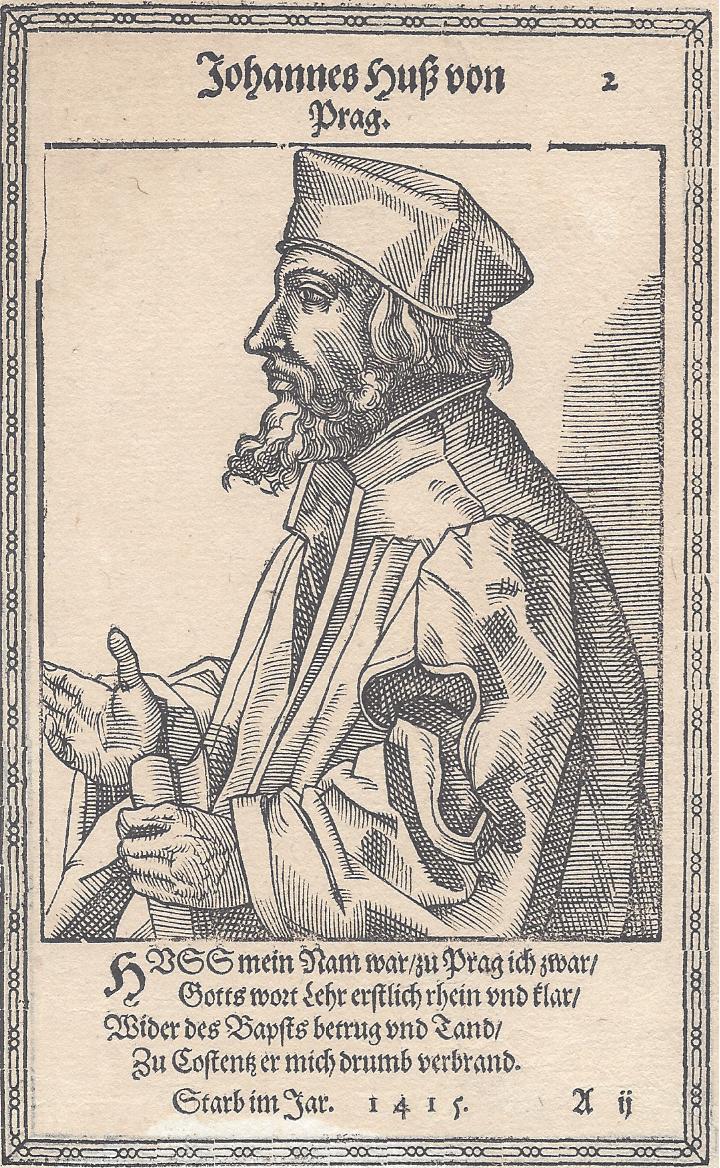If you're looking for a change from turkey for Christmas dinner, goose is the obvious choice – but there are a few things to think about, as Kate Green explains.
In Britain we eat 10 million turkeys every Christmas, but only 200,000 geese. A turkey will feed more mouths – that’s why Scrooge bought the Cratchit family one – but so long as you’re not feeding a small army of relatives then goose is deliciously different (a 10lb/4.5kg goose will feed five or six). It’s also far more romantic, evoking the good life, cottage gardens, bucolic farmyards, Thomas Hardy.
The most important thing to remember when cooking a goose, according to goose farmer Ollie White, is to place it on a rack so that the fat runs away and the skin becomes crispy. And of course all that fat which runs off is perfect for cooking the spuds.
Mark Hix’s roast goose recipe takes a slightly different approach: ‘For me, the obvious thing to do, as with a turkey, is to remove the legs before cooking and slow cook them separately, almost like a confit,’ he says. ‘You can then concentrate on cooking the breasts just slightly pink and roasting them skin-side down, so all the skin and fat renders down.’ You can read the full recipe here.

Roast stuffed goose with meat fork in on ceramic plate with ripe apples over wooden kitchen table. Dark rustic style.
Buy British if you can. The Brecon Buff is a good meat bird, hardy, medium-sized and with attractive buff colouring and pink legs and beak – it’s also one of few breeds to originate in Britain, having been developed in the 1930s by Rhys Llewellyn of Swansea. The ubiquitous white Embden goose comes from northern Germany and the chubby white Roman from Germany and Poland.

Ollie White’s geese at Farm to Fork, Somerset. ©Millie Pilkington/Country Life
Christmas is hardly the time to worry about healthy eating, but the fact remains that goose has benefits on that score. As a grass-fed meat, explains Ollie While, ‘it creates a more even ratio of Omega 3 to Omega 6 in the meat, which is what you want – a grain-based diet is heavy in Omega 6. ‘There’s a plethora of benefits in eating a grass-fed animal – it’s a great way of getting vitamins A and E, plus CLAs [conjugated linoleic acids], which have cancer-fighting properties.’
If you’re serving goose, you’ll need some interesting trivia with which to amaze your guests – and this one is a cracker. The phrase ‘your goose is cooked’ has absolutely nothing to do with geese: it derives from the 15th century martyr Jan Hus. Poor Jan – whose theology was a critical precursor to Protestantism – was burned at the stake, hence the phrase.
If you like goose so much you decide to raise your own, then good on you. They’ll live for 20 years, are less messy and cleverer than ducks, healthier than chickens, make excellent burglar alarms and fine lawnmowers – a pair of geese will happily keep a quarter of an acre of grass trimmed, so long as its reasonably short when they find it.
Most breeds won’t lay many eggs – perhaps 40 each spring – but those that you do get will be twice the size of hens’ ones and even more nutritious.

Ollie White with his geese at Farm to Fork, Greenway near Ilminster, Somerset. ©Millie Pilkington/Country Life
Their reputation for having a go at people is a little unfair – if you buy them as chicks and rear them by hand and they’ll be ‘a joy and a delight’ says Rare Breeds Survival Trust field officer Ruth Dalton. See www.waterfowl.org.uk and www.poultrykeeper.com for more advice.

Perfect roast goose recipe from Mark Hix
Cooking the perfect Christmas goose, with delicious gravy, is a fantastic way to celebrate Christmas. Mark Hix explains how it's

Talking turkey: Six steps to a perfect Christmas roast
We've spoken to two top chefs to get tips on how to make a beautiful, moist Christmas turkey

The turkey stuffing recipe guaranteed to spice up Christmas
Jason Goodwin offers up a recipe for turkey stuffing which will infuse your bird with a touch of Istanbul.
This article was first published in 2000.






